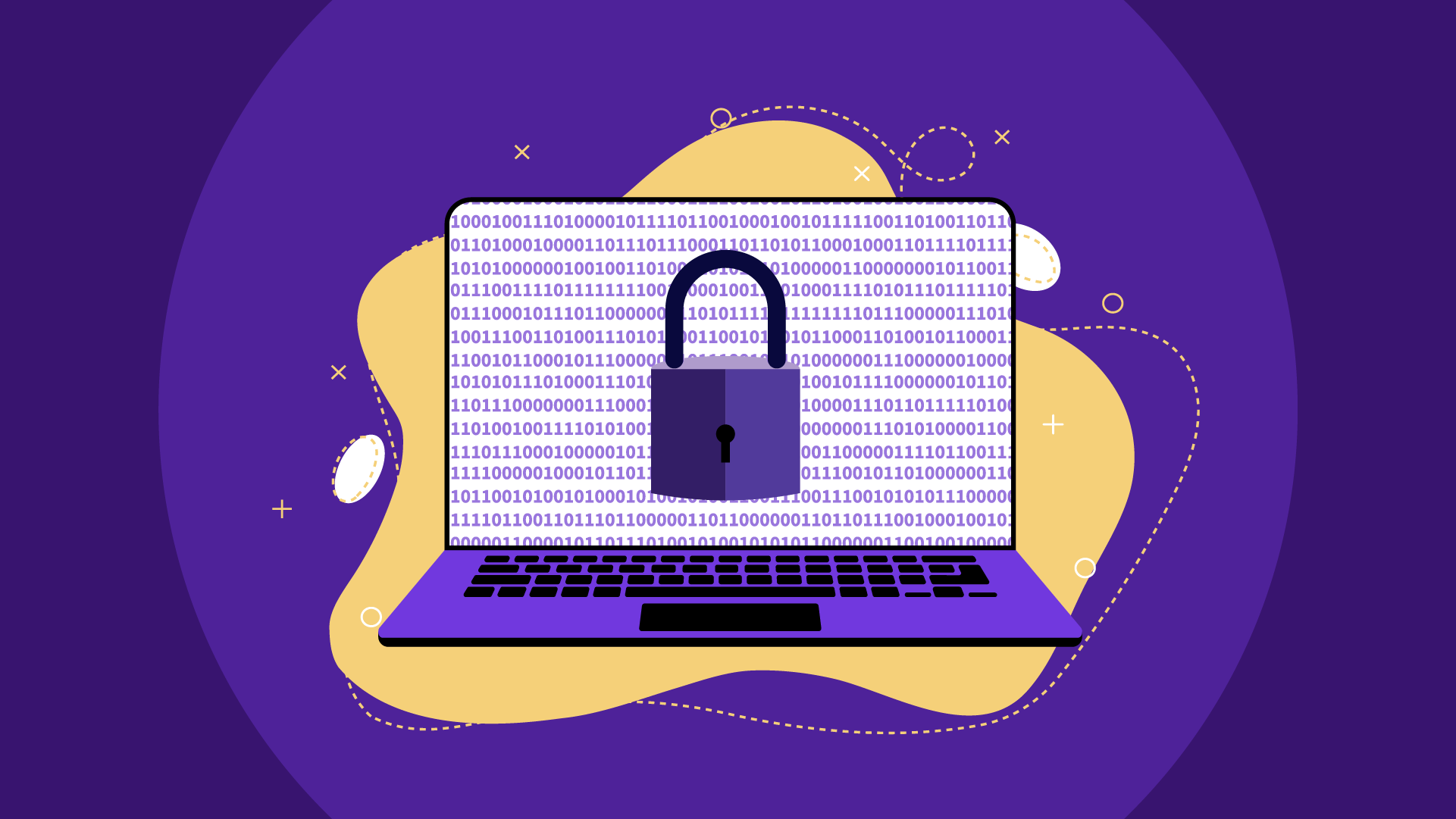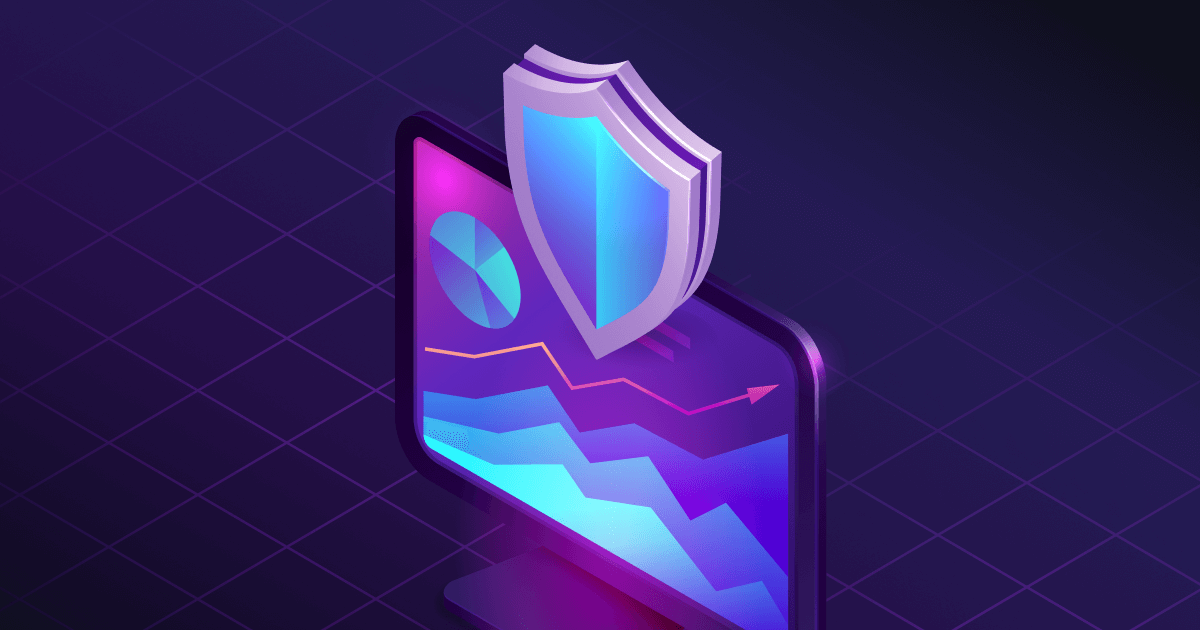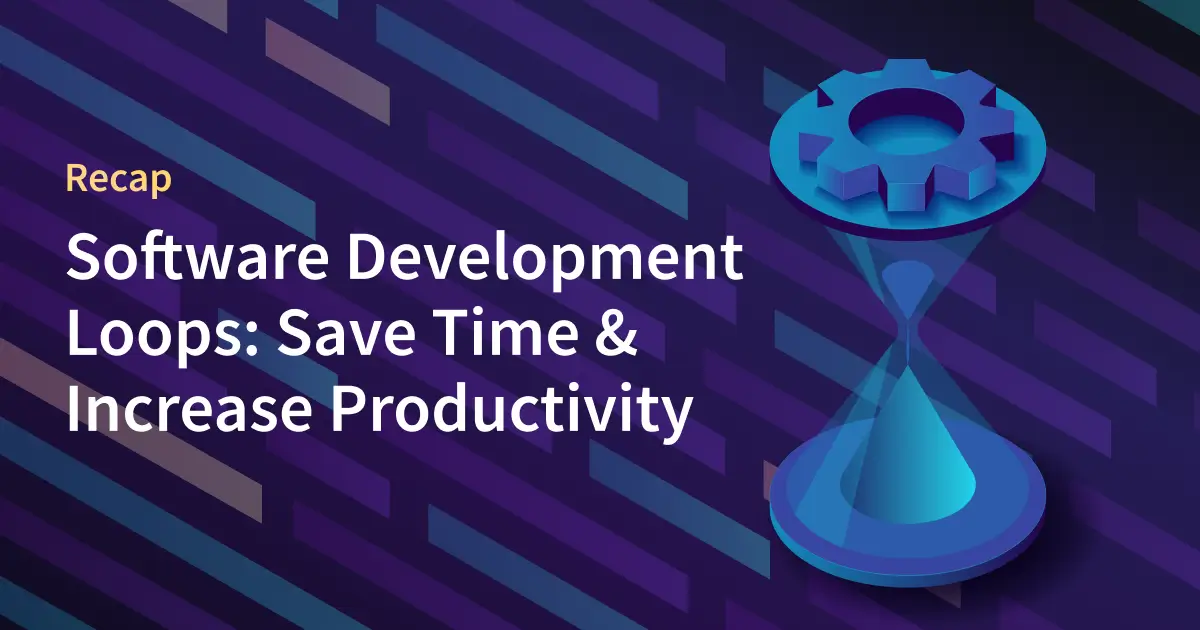When implemented properly, DevSecOps automation accelerates the delivery of high-quality software by seamlessly integrating security tests across all stages of the SDLC to improve speed, and consistency, and mitigate against potential risks.
When considering where to integrate security automation in your DevSecOps pipeline, consider the following best practices:
1. Use container orchestration platforms
Containers can be deployed across any development or production environment. They also facilitate the highest granularity for integrating security functions from the initial stages of the software development lifecycle. And container orchestration platforms like Kubernetes simplify the deployment of containers, enabling seamless collaboration between DevOps and security teams. These platforms facilitate different deployment patterns with pre-defined architectures and components to securely build and deploy cloud-native applications.
2. Leverage SBOM management tools
A Software Bill of Materials (SBOM) comprises various third-party and open-source software components used in a codebase. Within SBOM, your security team can select all the direct and transitive dependencies in the deployment pipeline to easily find security threats from third-party integrations. Moreover, SBOM facilitates complete granularity and visibility to deploy automated security tooling for continuous security testing and monitoring across the SDLC. So, SBOM management tools relieve DevSecOps teams from the manual task of reviewing open-source software while facilitating static code analysis of software inventory. SBOM also provides valuable insights into security analysis, including third-party licenses, software versions, and related patch status.
3. Implement app security testing
Application security testing involves continuous code scanning and repeatable security checks to automate code review and assessment. There are multiple application security testing mechanisms, such as Static Application Security Testing (SAST) and Dynamic Application Security Testing (DAST), which can be enforced across the software development lifecycle. While SAST helps assess the source code for security issues and misconfigurations when the program is not running, DAST does not require access to the source code. DAST is a black-box security testing approach where security experts stimulate attacks to identify potential security gaps within the application. Runtime security issues such as server misconfiguration and authentication issues are identified through DAST. Some other application security testing procedures used within a CI/CD pipeline are Interactive Application Security Testing (IAST) and Runtime Application Self-Protections (RASP).
4. Define security metrics
Defining security metrics enables DevSecOps teams to analyze the intricacies of running applications in a secure environment. With these metrics, the security team can optimize remediation practices for the mitigation of cyber threats. On the other hand, developers leverage the DevSecOps metrics for application security testing, software composition analysis, and acceptance test procedures conducted before deploying source code into the CI pipeline.
Some of the key metrics used in DevSecOps automation are:
- Deployment frequency
- Mean time to recovery (MTTR)
- Change time
- Change volume
- Uptime / downtime
- Change failure rate
- Patch cadence
- Vulnerability density
- Security rating
Continuous monitoring tools leverage the metric data to monitor the application’s performance and security in real time. Moreover, these metrics are also leveraged for defining Service Level Agreements (SLAs) and Service Level Objectives (SLOs) to help measure the performance of various software components of a tech stack.
5. Leverage Infrastructure as Code (IaC)
Infrastructure as Code (IaC) helps define an entire security framework, including tools, procedures, and resources as machine-readable configuration files and enforce cloud application security. The programmable infrastructure reduces the skillset, time, and effort the DevSecOps teams need to secure cloud-native applications. IaC platforms also provide deep visibility into various hardware and software components within the CI/CD pipeline, simplifying monitoring and management of cloud security.
Getting started with DevSecOps automated security testing
DevSecOps promises to embed security across the software development lifecycle, from pre-build to post-deployment. This security integration can be achieved in various ways, among which automated security testing streamlines adoption and scalability. Here we bring you the four ways to get started with DevSecOps automated security testing.




